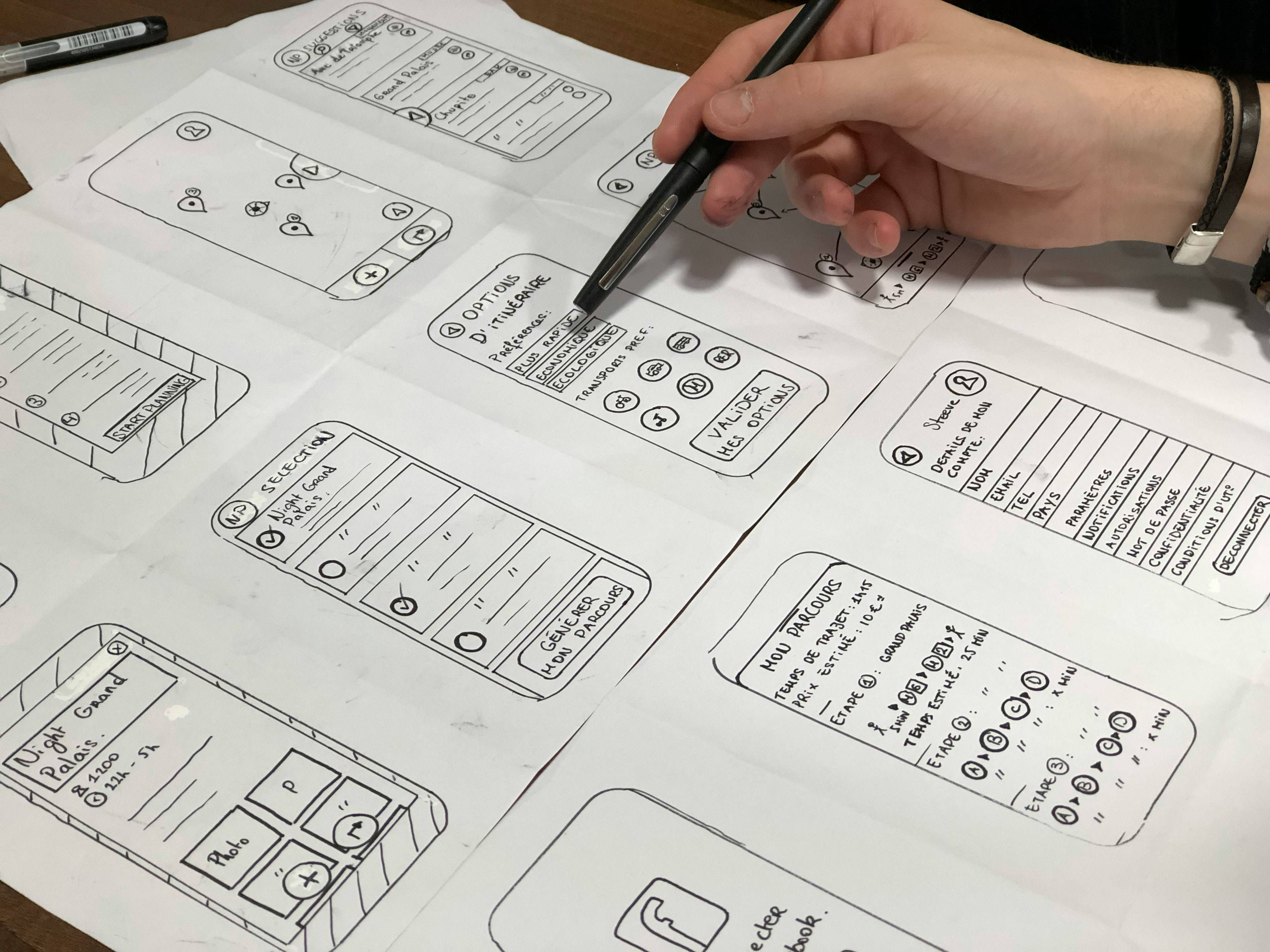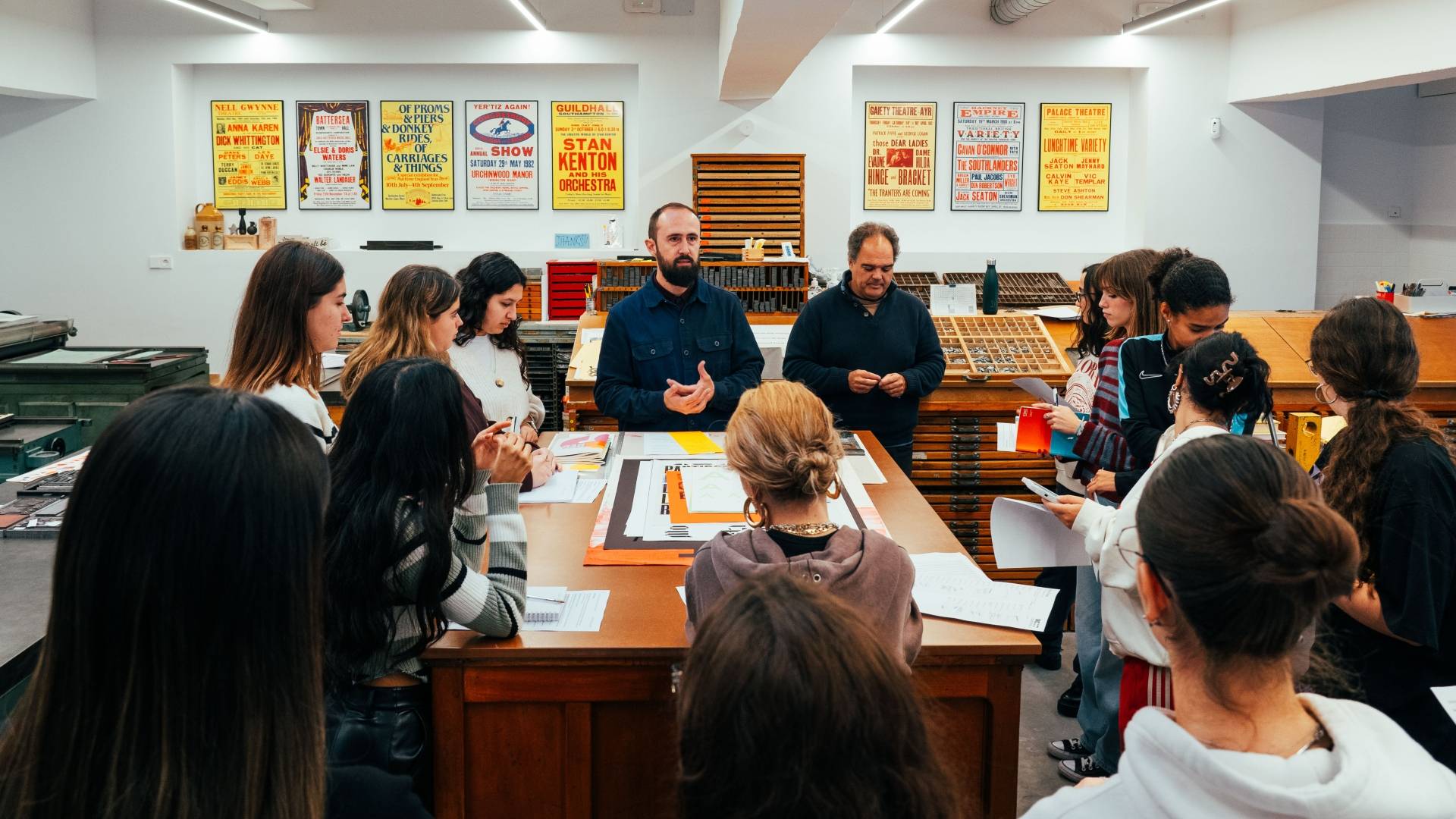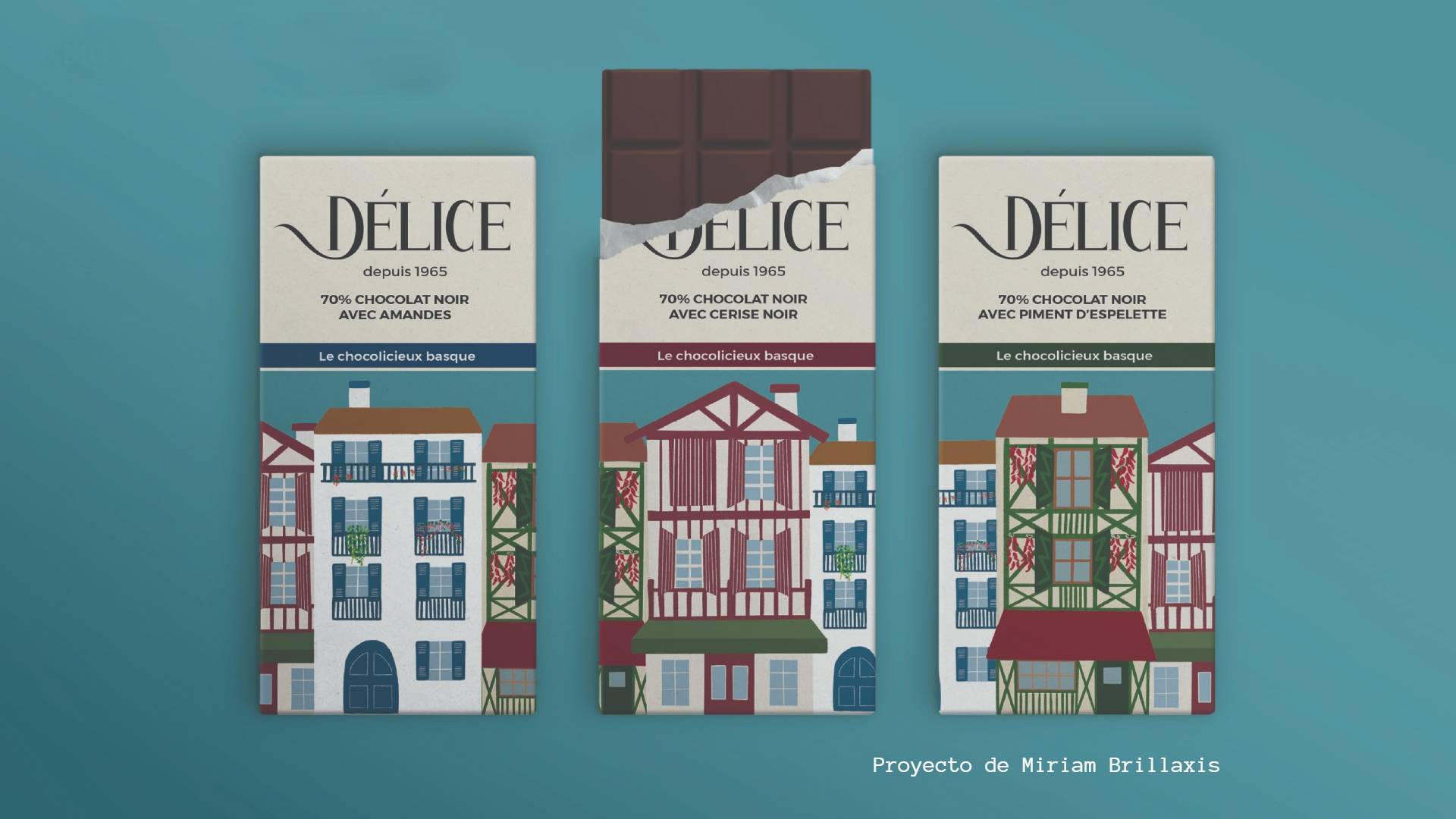What is the structure of a storytelling?
In a world saturated with information, the ability to capture the public's attention and generate an emotional connection has become one of the biggest challenges for brands, companies and professionals. Design, composition, colours and narrative become decisive elements for brands to stand out in an increasingly competitive market. In this article we are going to focus on storytelling, a powerful technique that not only transmits information, but also creates memorable experiences through stories. But what is storytelling and, more importantly, how is it structured and how can you apply it effectively in your projects?
What is Storytelling? ?
Storytelling is the art of telling stories in order to convey a message, create an emotional connection or persuade an audience. Through well-structured narratives, storytelling converts information into meaningful experiences, which facilitates understanding and recall of the message. Stories have been an essential form of communication since time immemorial, and today, storytelling has become a fundamental technique in marketing, branding and communication.
By using storytelling, brands and professionals can humanise their messages, make them more engaging and resonate with the emotions of the audience, which increases the likelihood of capturing their attention and loyalty.
Storytelling structure
Behind every effective story is a clear structure that guides the narrative and ensures that the message effectively reaches the audience. While structures may vary depending on the context, there are certain universal elements that are key to telling a good story:
The protagonist
Every story needs a protagonist, a main character with whom the audience can identify. In the case of storytelling applied to brands, this protagonist can be the customer or the brand itself, depending on the approach. The protagonist has a need or problem that must be solved throughout the story.
The conflict or challenge
Conflict is the heart of any story. Without conflict, there is no tension and no reason for the audience to care about the story. This conflict can be internal (emotional) or external (physical, social), but it must always be something the protagonist must overcome.
The climax
The climax is the climax of the story, the moment when the protagonist faces the conflict head-on. It is the most exciting part of the narrative and defines whether the protagonist will succeed or fail.
The resolution
After the climax comes the resolution, where conflicts are resolved and the final outcome is shown. In brand storytelling, this resolution can be related to how a product or service helped solve the customer's problem.
The moral or message
Every story should have a clear message or lesson that the audience can take away. In brand storytelling, this message is usually related to the brand's values, mission or benefits.
6 tips for effective storytelling
Creating a storytelling story requires following certain steps to ensure that the story connects with the audience in a genuine and effective way. Here are some essential tips for powerful storytelling:
1. Know your audience
The first step in any storytelling strategy is to know who you are targeting: who is your audience, what motivates them, what are their concerns and what kind of stories will appeal to them? The more you know about your audience, the more personalised and effective your storytelling will be.
2. Be authentic
Authenticity is crucial for storytelling to be credible. False or over-idealised stories can alienate audiences, whereas an authentic narrative builds empathy and trust. Don't be afraid to show vulnerabilities or difficulties in the story; difficult moments are often the most human and moving.
3. Create an emotional connection
Storytelling is not just about informing, it's about emotion. Emotions are powerful in decision making and relationship building, so it's important to include elements that generate feelings in your audience, whether it's happiness, nostalgia, surprise or even sadness.
4. Use conflict and resolution
Conflict is what drives a story. Make sure you present a problem or challenge that the protagonist must face, and guide him or her to a satisfying resolution. Without conflict, the story lacks interest.
5. Simplify your message
Not all stories need to be complex. Some of the best narratives are simple and straightforward, but deeply affecting. Avoid unnecessary detail and focus on what really matters to get your message across.
6. Use visual language
In modern storytelling, it's not just about words. Visual language, through images, videos, infographics or graphics, is essential to complement and enrich the story. This is especially relevant in digital marketing, where visual content has a great impact.
In which sectors is storytelling used?
Storytelling is an extremely versatile tool that can be applied in different fields and contexts. Here are some of the most common uses:
Marketing and advertising
Storytelling is one of the fundamental pillars of modern marketing. Through storytelling, brands can humanise themselves, connect emotionally with consumers and make their products or services stand out from the crowd. Marketing campaigns that include storytelling are often much more effective and memorable.
Branding
Storytelling is also key to building a strong brand identity. Brands with powerful and authentic stories tend to generate greater customer loyalty by conveying values and principles that resonate with their audience.
Presentations and speeches
Whether in a business presentation or a public speech, storytelling can be a highly effective way to capture the audience's attention and convey complex ideas in an accessible and entertaining way.
Education
Storytelling is an extremely effective educational tool. Through storytelling, abstract and complicated concepts can be made more understandable and engaging, making it easier to learn and retain information.
Film and television
In the audiovisual field, storytelling is at the core of any successful production. From films to series, documentaries to commercials, telling a well-structured story is essential to keep audiences interested and engaged.
Storytelling is one of the most powerful tools for communicating and connecting in any professional field. Whether in marketing, education or entertainment, telling a good story can make the difference between capturing your audience's attention or going unnoticed. With solid structure, authenticity and genuine emotional connection, storytelling has the potential to transform simple messages into unforgettable experiences. Are you ready to tell your own story?
Find out more about storytelling
Which bachelor's degree do you need to study advertising and branding?









